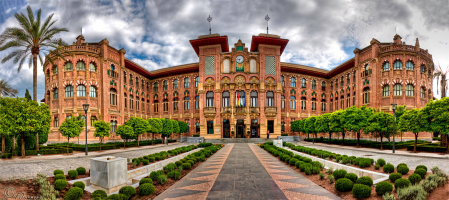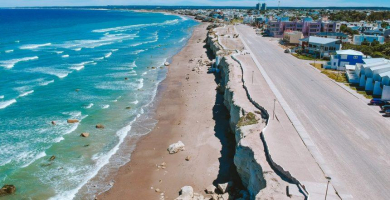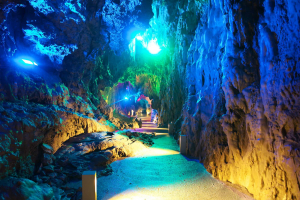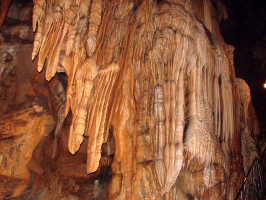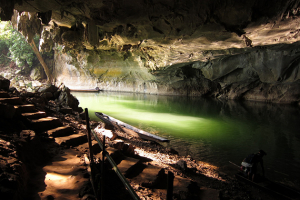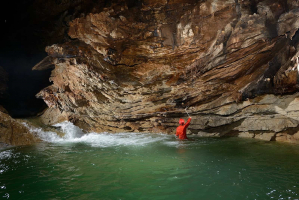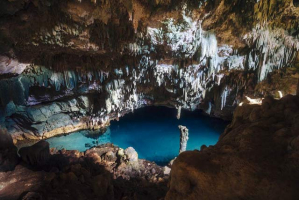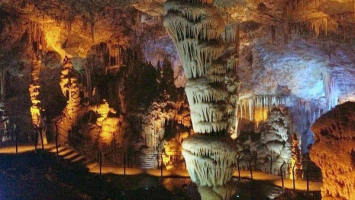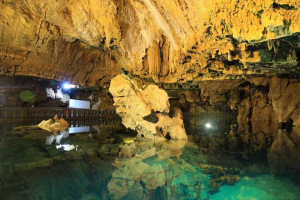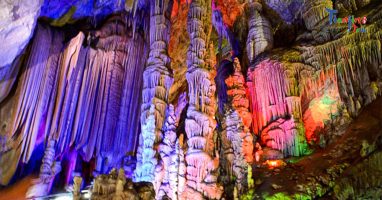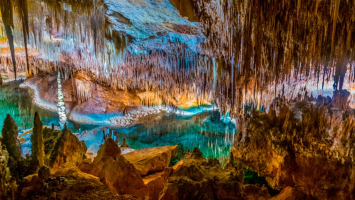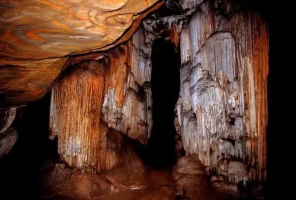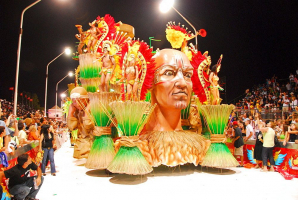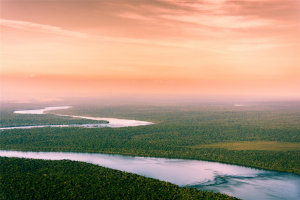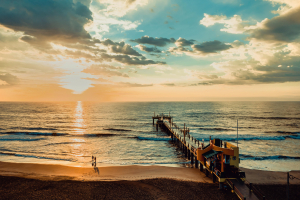Top 7 Best Caves in Argentina
Known as home to the highest and lowest points in South America, it is not surprising that Argentina enthralls visitors with its divergent landscapes and rich ... read more...cultural heritage. Therefore, Argentina is the ideal destination not only for Nature lovers who prefer quiet atmospheres but also adventurous travelers to enjoy a memorable time. This via-visual-screen tour of Argentina would lead you to the top 7 Best Caves in Argentina that are deserved-to-visit caves in Argentina.
-
At the beginning, the top-one cave voted in the list the best caves in Argentina - Las Brujas Cave - (Argentine: Caverna de las Brujas) - is part of a giant Jurassic limestone formation in Malargüe (Mendoza Province, Argentina) that contains various karst features and caverns. The Brujas Cave - Natural Reservation protects the entire area known as Bardas Blancas, and Caverna de las Brujas is the only tourist cave in the area. It's a kind of semi-wild cave in that it's closed with planned guided visits but not developed compared to the extent that first-world caves are.
The cave has no electricity or concrete walkways; the tourist area is a horizontal passage with a continuous ascent that demands sturdy boots but poses no exceptional challenges. Nevertheless Caverna de las Brujas is the most famous cave of Argentina and the only one at least partially prepared for tourism in this country.
youtube.com 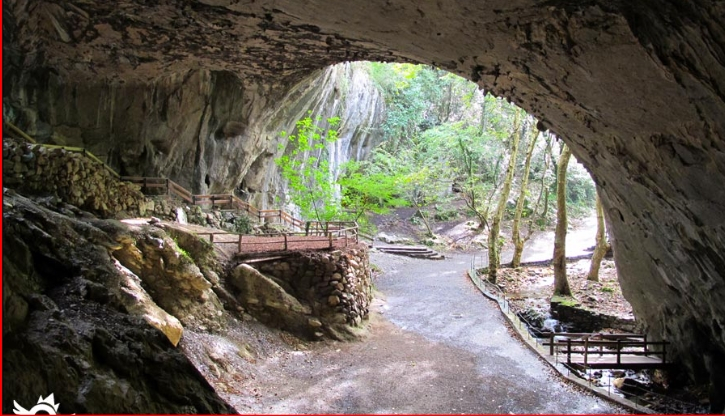
tripadvisor.com -
The Old Volcano Cave is a supernatural cave in the list of the best caves in Argentina. The caverns are at an altitude of about 900 m (3,000 ft) and are reachable by a steep walkway. It was named after a prominent explorer and academic in Argentina, Perito Moreno, and it is known as a Nature wonder in San Carlos de Bariloche, Argentina. Based on artifacts in the cave sediments they left paintings on the cave walls, the caves of the Cerro Leones were believed to have been inhabited during the last 8,000 years. And it is also considered as the first cave used by the Tehuelches as a workshop and for cooking and then it was used as a cemetery.
Additionally, the Volcan Parque Cerro Leones Cave is ranked at the top three longest caves, but visitors must crawl a few meters to get into it. The opening is 30 meters wide and 10 meters high, but the cave quickly narrows to a crawl. However, behind the crawl is a path that widens to the end and allows you to walk erect. The cave is 130 meters long and ends with a little lake. Visitors to this cave are provided with a helmet and a headlamp.
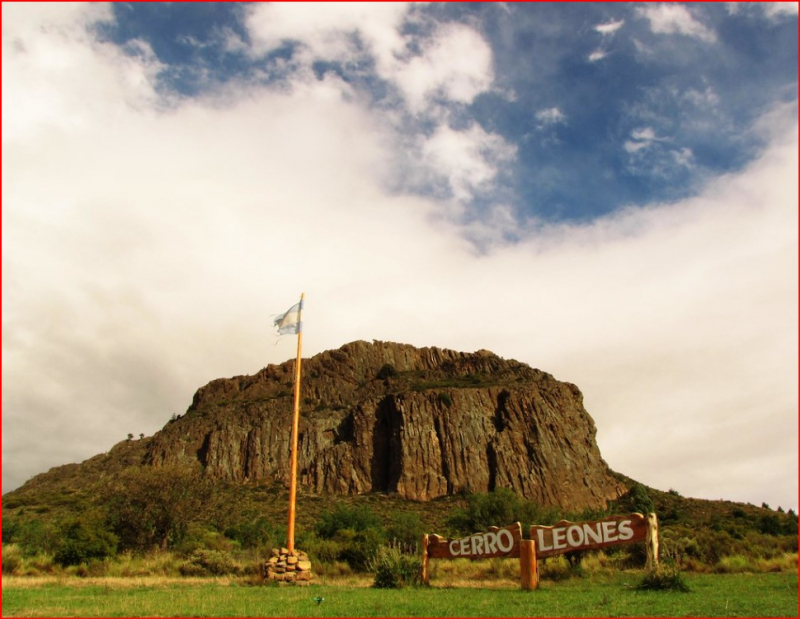
tripadvisor.com youtube.com -
Lying in the top-list of the best caves in Argentina is the Cuevas de Waira, which are actually combined by two small caves named Cueva del Waira and Cueva del Aguirre. Waira is sometimes written Wayra. They are located high up on the mountainside above the town Tilcara. Tilcara lies in the Rio Grande Valley, on the Eastern side of the Andes range. It is accessible through Highway 9 from San Salvador de Jujuy. Because the Eastern slope of the Andes is under the rain shadow, it is quite dry and terrible weather is uncommon.
Quebrada de Humahuaca is the name of the mountain range to the west of the caverns. Tilcara is 2,460 meters above sea level, and the caves are about 2,900 meters. They are erosional caves created along a bedding plane in volcanic tufa. Approaching the cave would be a long hike uphill through arid hills and the ascent takes two to three hours, is often very exposed, even dangerous, and requires sure footedness. In fact, it requires physical fitness and stamina. On the other hand, you are rewarded with exceptional views
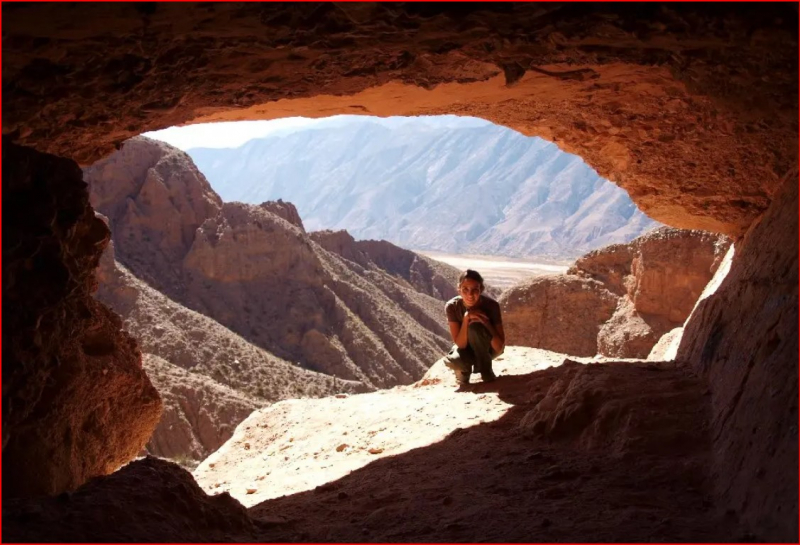
minube.net 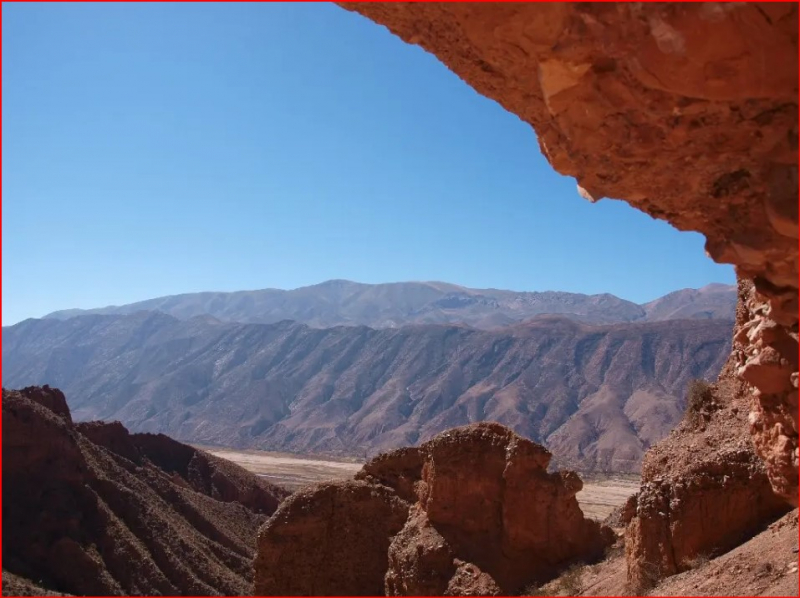
minube.net -
Another name in the list of the best caves in Argentina is Cuevas Galicho (Walichu Caves or Gualicho Cave) was named by a prominent explorer and academic in Argentina after he made sketches of the geometrical figures he found, mostly U or L like patterns. However, they are actually called Cuevas Gualicho, Gualicho is the Tehuelche word for God. Conglomerates and sandstones, clastic sedimentary rocks produced by Andean debris, make up the rocks. So it is essentially a series erosional caverns made by the waves of the lake and most likely relatively young, in geologic terms. The caves were utilized as shelter by the natives, who painted on the walls. Despite its being toward the ends of the earth, Patagonia has been settled by humans for 15,000 years.
Believed to represent stories of creation and tales of life in these hills, the drawings sat here forgotten for centuries until Perito Moreno discovered the caves in 1877. Today, while some of the drawings have been defaced, and others are modern replicas, they still tell a tale of primitive peoples who wandered this rugged landscape, where hunting, foraging—and even art—were staples of daily life.
Aside from the actual drawings themselves, the setting surrounding Walichu Caves is arguably just as impressive, where rock formations line the shores of crystalline Lake Argentino. The Punta Bonita and Walichu Caves offer a glimpse into the past. The rocky shores of this section of the lake are great for enjoying the stunning beauty of the surrounding landscape and the dreamed-of climate, in addition to its archeological worth.
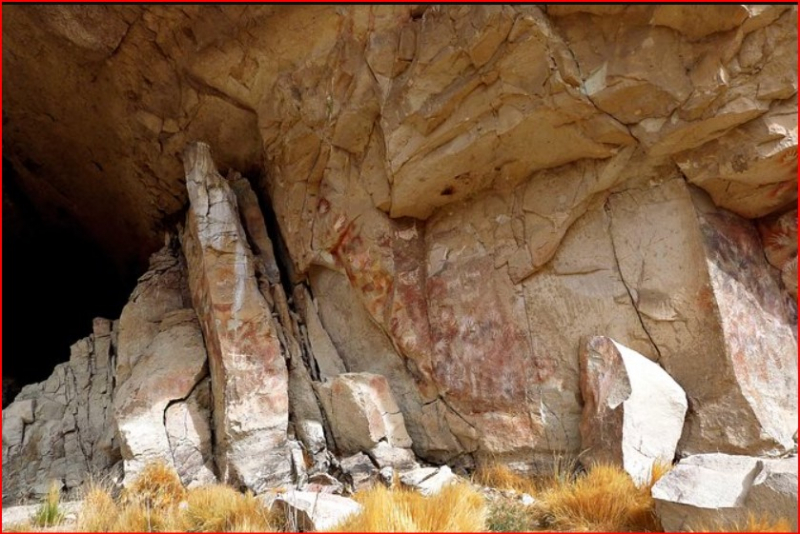
viator.com 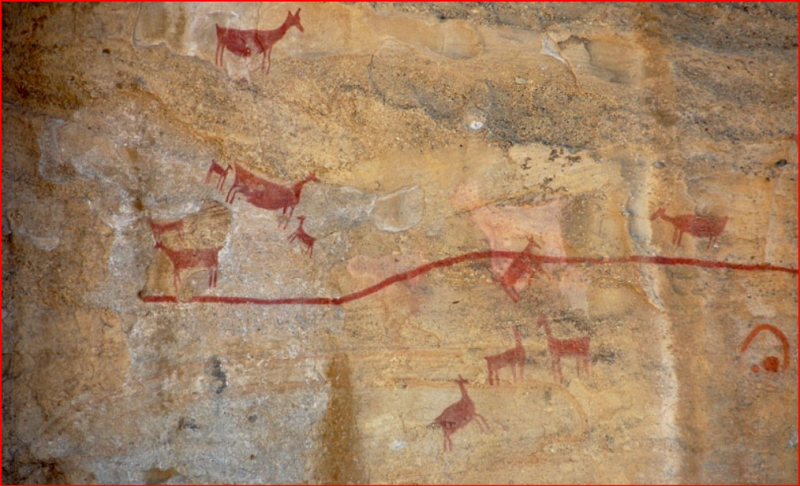
welcomeargentina.com -
Another cave voted as one of the best caves in Argentina is Cueva del Tigré (Cave of the Tiger). The cave's term originates from a Quequén tale about the Tigre del Quequén (Quequen Tiger). He was a 19th-century wild gaucho who sought refuge in this cave from the authorities. The Cueva del Tigré is located 40 km southeast of Malargüe Argentina, it is a wild cave, which is used for cave trekking tours due to its close proximity to the road and easy walking-sized passage. However, in fact, cave trekking activities are illegal. Because of no permission of the proprietor as well as no study of the environmental impact.
Unfortunately, littering in the cave and reports of badly equipped groups of students who visited the cave without helmets, led to the owners' plan to develop it as a show cave, for the security of the cave and the visitors, and obviously also for the income. The cave's mineralogical constituents were studied by the Central University of Venezuela and the University of Bologna (Italy). Some crystals have been discovered. The cave was also explored by biologists from the University of Sao Paulo (Brazil), but no unusual troglodytes were discovered. As a result, the cave is neither essential nor vulnerable enough to be turned into a show cave.
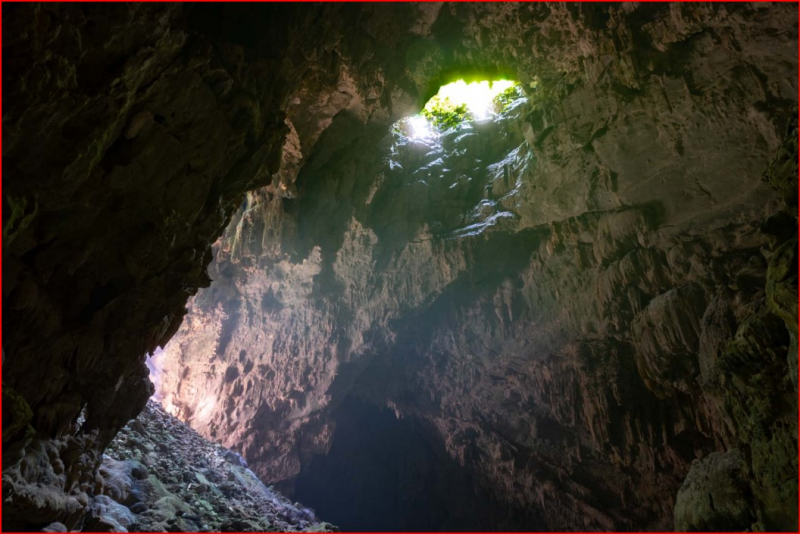
excursionesargentinas.com 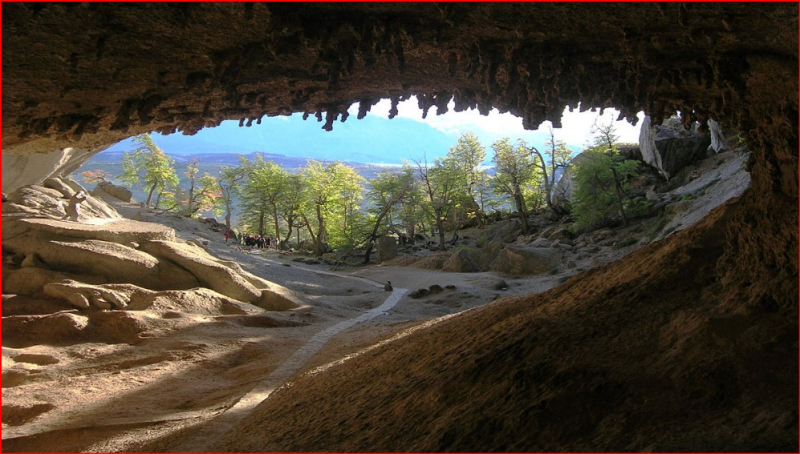
commons.wikimedia.org -
A cave in the list of the best caves in Argentina mentioned is Cavernas El Sauce, its popular name is Sauce Caves. It is situated on a farm in the heart of the Cordoba hill area. It's about 4 kilometers west of the city of La Falda. Cavernas El Sauce is a cave trip that is possibly the most professional tourists found in Argentina. Visitors are taught, outfitted, and conducted securely into a beautiful cave. Speleologists Sebastián Ceballos. The speleothems are particularly spectacular, despite the cave being a karst cave.
The majority of the walls have outstanding erosional formations, but there are few stalactites and stalagmites. Travelers will, however, see a plethora of impressive and somewhat novel speleothems during the journey. There are aragonites, bulbous calcites, …etc.
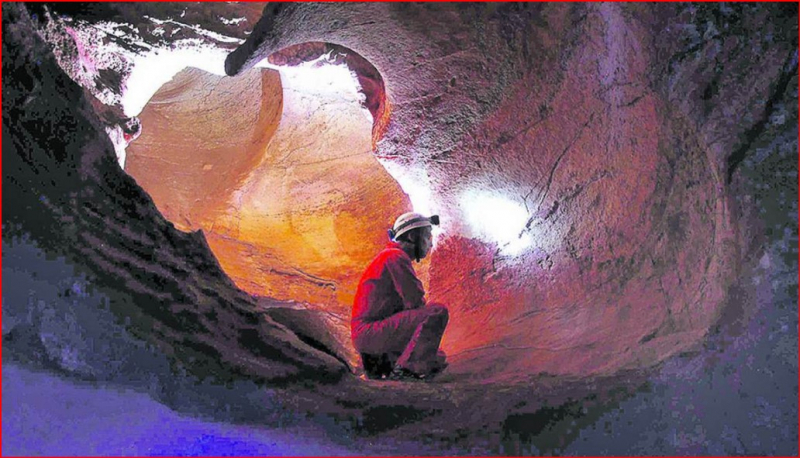
inspirock.com youtube.com -
The Devil's Bridge (Puente del Diablo) is a river cave with several speleothems and karst fenster. It is also judged as the best cave of Argentina. The cave is located on the Rio Calchaqui, about 3 kilometers south of La Poma. La Poma is more than 3,000 meters above sea level, and the valley is located in the Andes. What makes the cave unique and distinctive is that the formation of the karst caves is a result of volcanism, leading to a recognition of one of the best caves in Argentina. Ago, the nearby twin volcanoes Los Gemelos erupted, covering the Rio Calchaqui valley in lava.
Since the cave is located in the gorge, this is also a constraint to approach the cave. It was known to the native people since ancient times, they used it as a natural bridge to cross cattle. However, pitifully, they never entered the cave, since the legends and beliefs claim that the Devil resides there. Thanks to examinations of the area discovered numerous caverns, prompting the Argentine Federation of Speleology (FADE) to arrange a water cave exploration course, several locals took part and are now highly skilled cave guides who lead cave hiking tours.
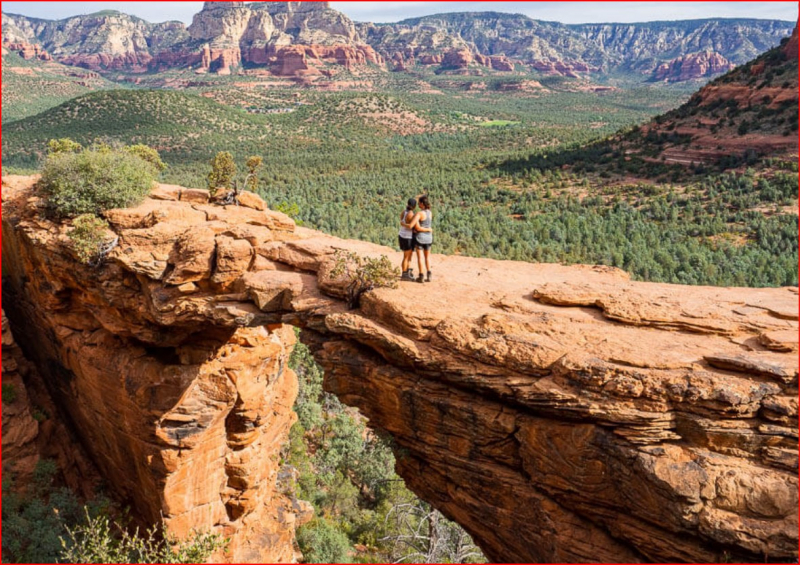
tripadvisor.com 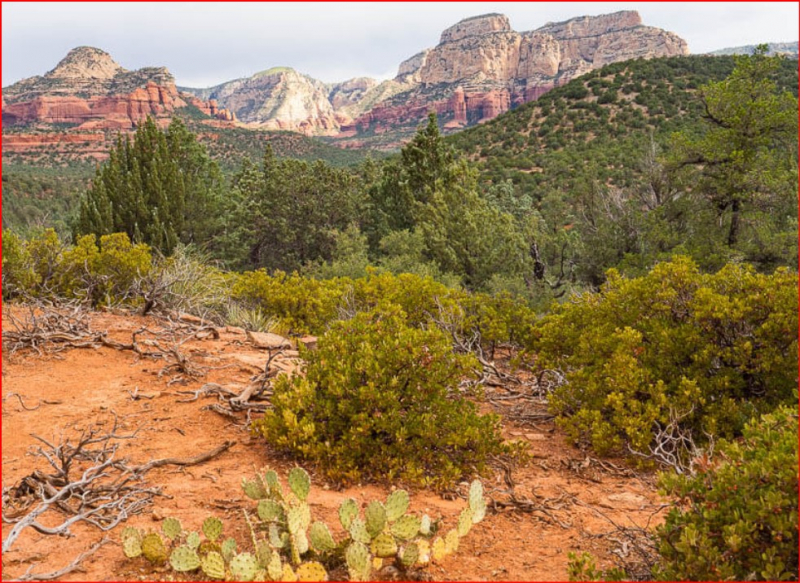
tripadvisor.com









